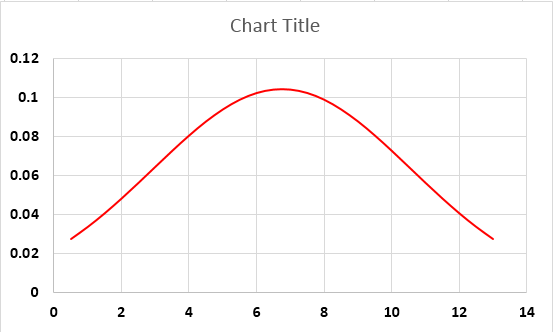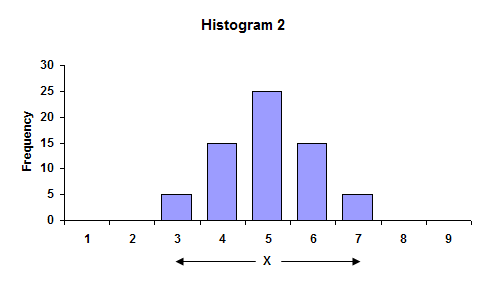

It provides a result of 1.3294, which is significantly different from what is returned using the simpler formula from Wikipedia. =EXP(STDEV(LN(A1:A4))+AVERAGE(LN(A1:A4)))Īgain, this must be entered as an array formula.

Note that it references the results of the above formula as the "standard deviation of the log values," insisting that you need to add the average of the log values to the standard deviation and then use the EXP function, in this manner: However, there is some muddiness, as evidenced in this mathematical treatise at the Motley Fool: This provides a result of 1.1745, rounded to four decimal places. If you place these values in cells A1:A4, then apply the simplest form of calculating geometric standard deviation found on the Wikipedia page, you would enter the following as an array formula: Over those four years the rate is expressed as 1.15 (+15%), 0.9 (-10%), 1.22 (+22%), and 1.3 (+30%). As you know, the Standard Error Standard deviation / square root of total number of samples, therefore we can translate it to Excel formula as Standard. Let's assume that you have calculated the compound annual growth rate for an investment for four years. One reference that explains the math behind a geometric standard deviation is found on Wikipedia: You can use AVERAGE and STDEV.S or STDEV.P formulas to calculate the mean and standard deviation of your data and then use those results to determine the Z-Score of each value. How you calculate a geometric standard deviation, however, depends on which resource you are referencing. A Z-Score is a statistical value that tells you how many standard deviations a particular value happens to be from the mean of the entire data set. How you calculate the geometric mean is rather easy-you use the GEOMEAN function built into Excel. The place that a geometric mean is most often used (and, therefore, a geometric standard deviation) is when calculating investment returns over time, especially when the returns involve compound interest.

#Formula to change mean and standard deviation excel how to#
He cannot seem to figure out how to calculate the geometric standard deviation, however. He uses built-in Excel functions to calculate many of these, such as the geometric mean. Jim has a set of data on which he needs to calculate some statistical information.


 0 kommentar(er)
0 kommentar(er)
